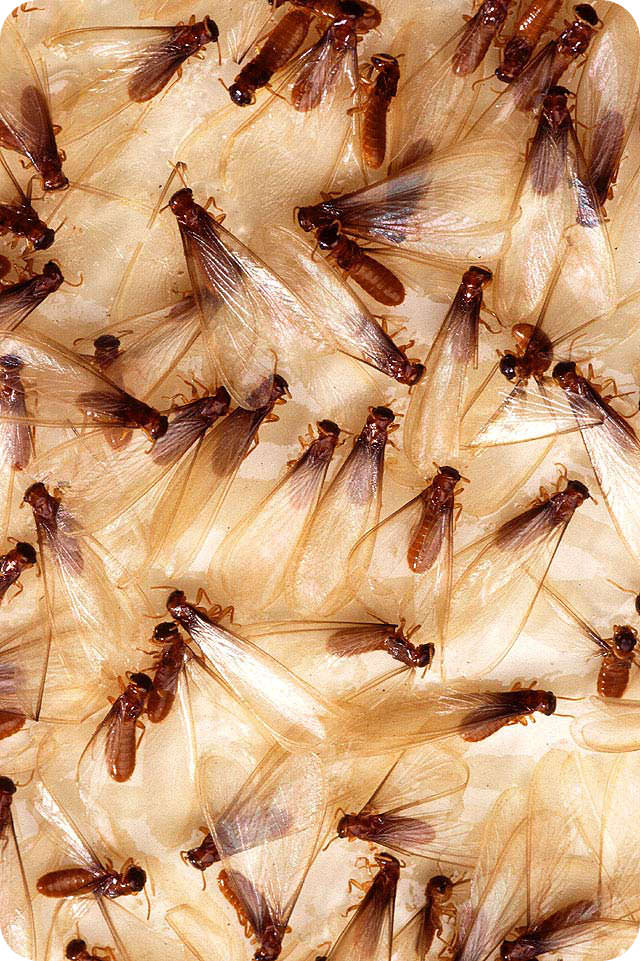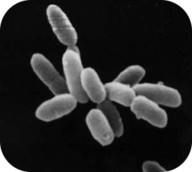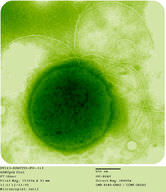5.7: Types of Archaea
- Page ID
- 13745

How can termites digest wood?
Unlike us, termites can get nutrition from wood. Mutualistic archaea found in the gut of termites help them digest the wood. This is just one example of the many extreme environments in which archaea can thrive.
Types of Archaea
The first archaea described could survive in extremely harsh environments in which no other organisms could survive. As a result, archaea are often distinguished by the environment in which they live.
Halophiles
The halophiles, which means "salt-loving," live in environments with high levels of salt (Figure below). They have been identified in the Great Salt Lake in Utah and in the Dead Sea between Israel and Jordan, which have salt concentrations several times that of the oceans.

Thermophiles
The thermophiles live in extremely hot environments. For example, they can grow in hot springs, geysers, and near volcanoes. Unlike other organisms, they can thrive in temperatures near 100°C, the boiling point of water!
Methanogens
Methanogens can also live in some strange places, such as swamps and inside the guts of cows and termites. They help these animals break down cellulose, a tough carbohydrate made by plants (Figure below). This is an example of a mutualistic relationship. Methanogens are named for their waste product, a gas called methane.

Common Environments
Although archaea are known for living in unusual environments, such as the Dead Sea, inside hot springs, and in the guts of cows, they also live in more common environments. For example, new research shows that archaea are abundant in the soil. They also live among the plankton in the ocean (Figure below). Therefore, scientists are just beginning to discover some of the important roles that archaea have in the environment.

Summary
- Archaea that live in salty environments are known as halophiles.
- Archaea that live in extremely hot environments are called thermophiles.
- Archaea that produce methane are called methanogens.
- Archaea are known for living in extreme environments, but they also can be found in common environments, like soil.
Explore More
Use the resource below to answer the questions below.
- Archaea at http://www.youtube.com/watch?v=W25nI9kpxtU (7:16)
- Where can archaea be found? Where were they first found?
- How does the cell wall of archaea differ from the common cell wall of bacteria?
- How do the different phospholipids used by archaea allow them to withstand harsh environments?
- If you wanted to find a photosynthetic archaea where would be a good place to look? Why?
Review
- Where do halophiles live?
- Why are some archaea classified as thermophiles?
- What is an example of a mutualistic relationship between archaea and another organism?

